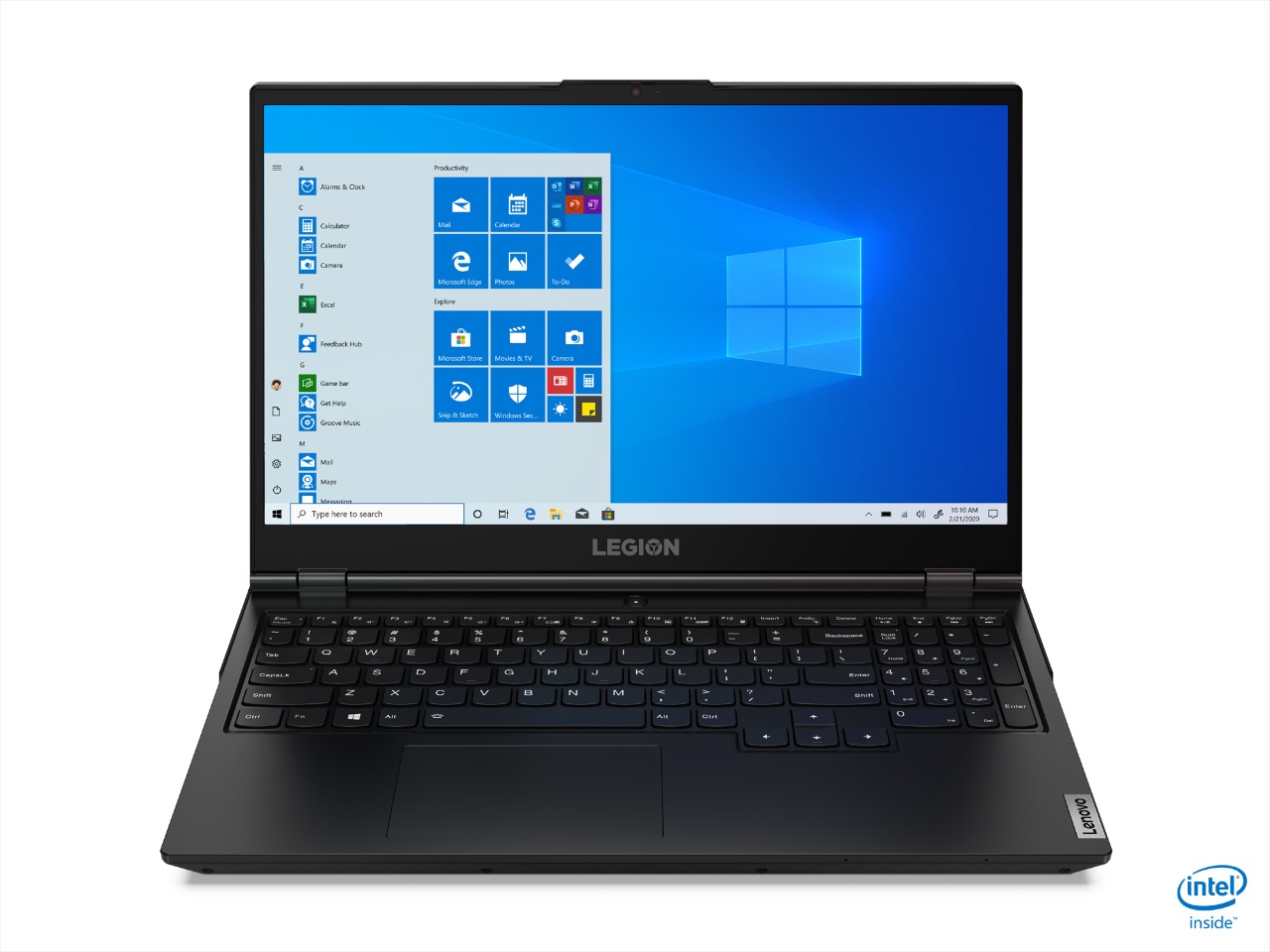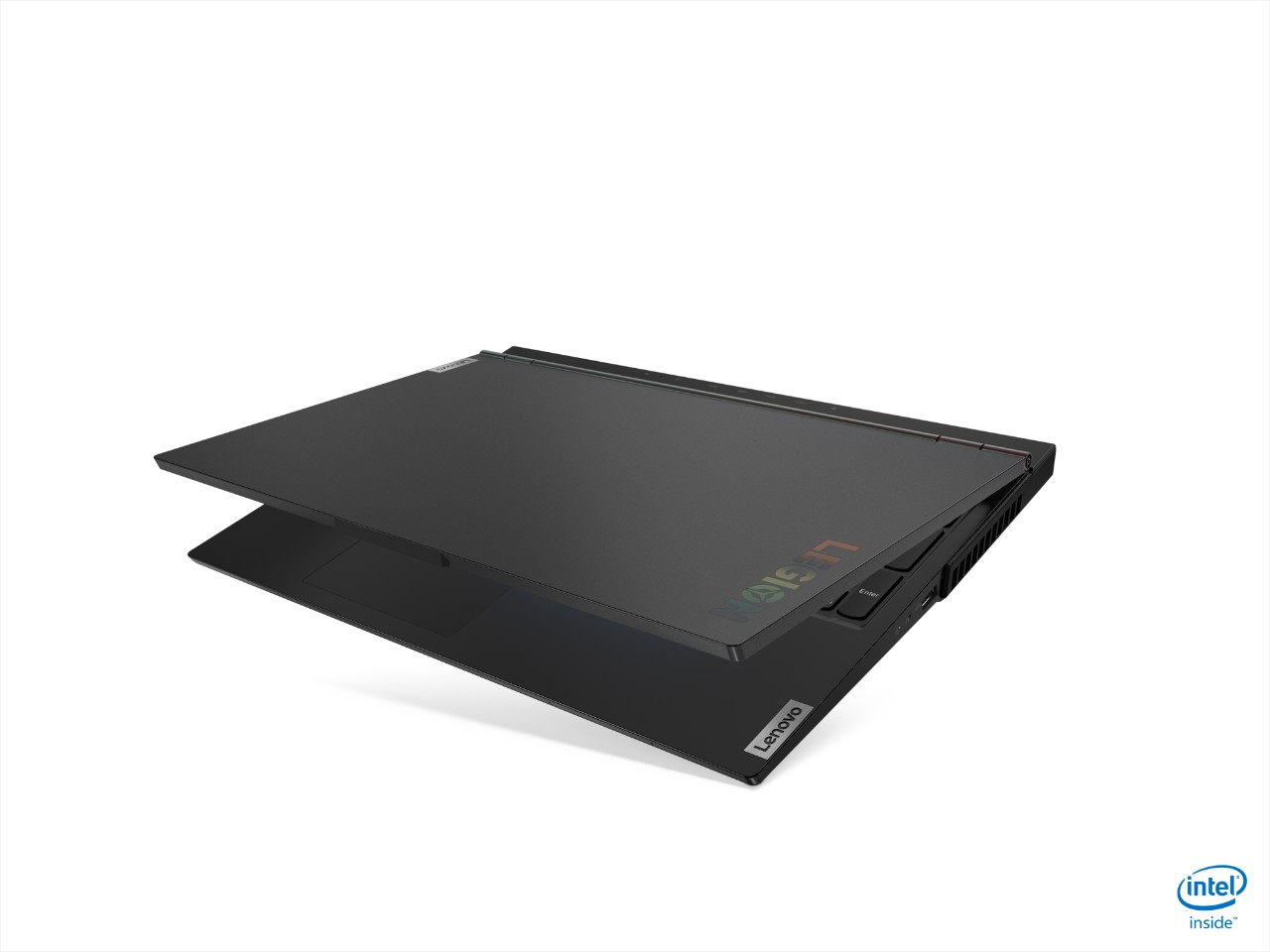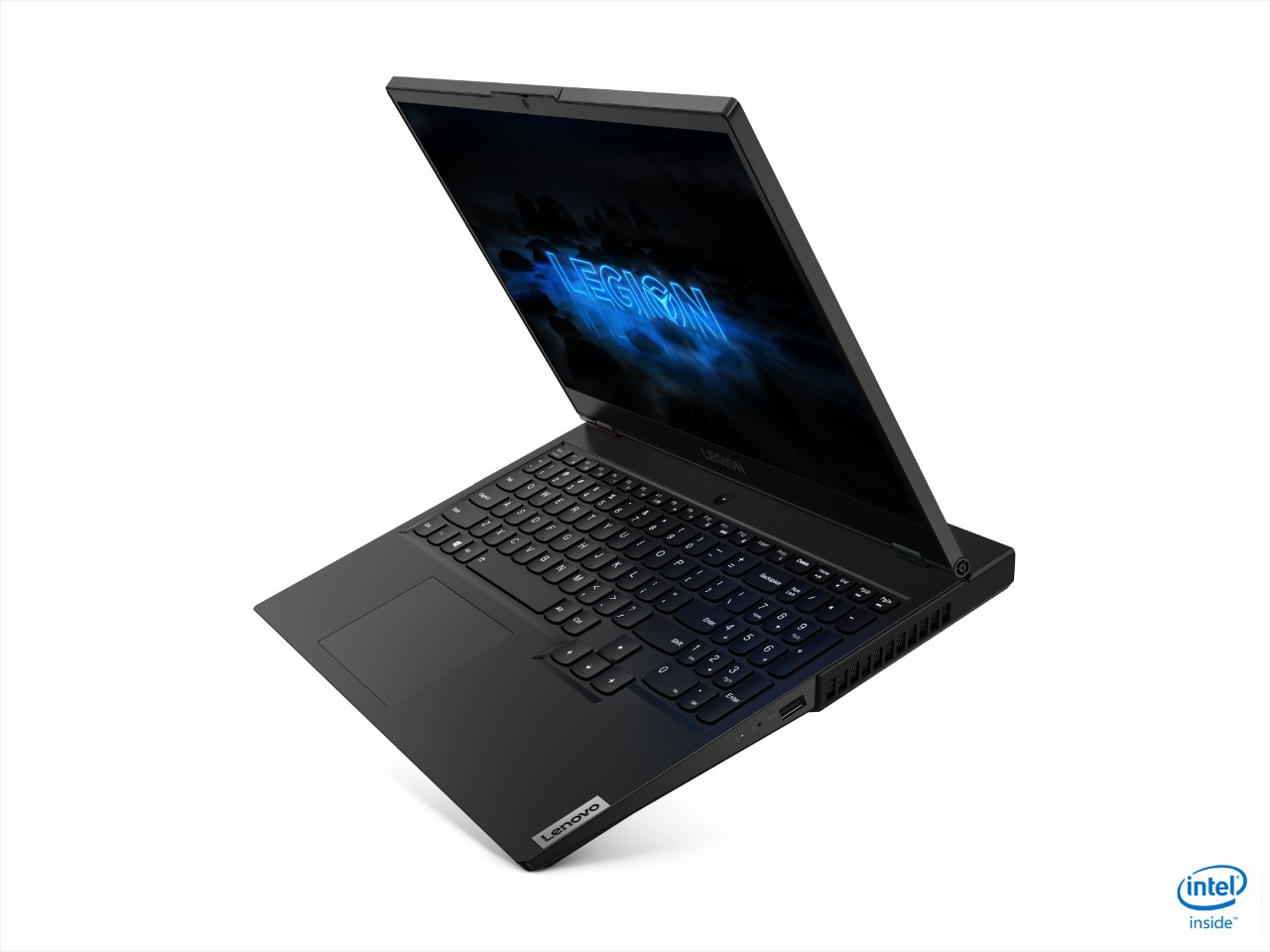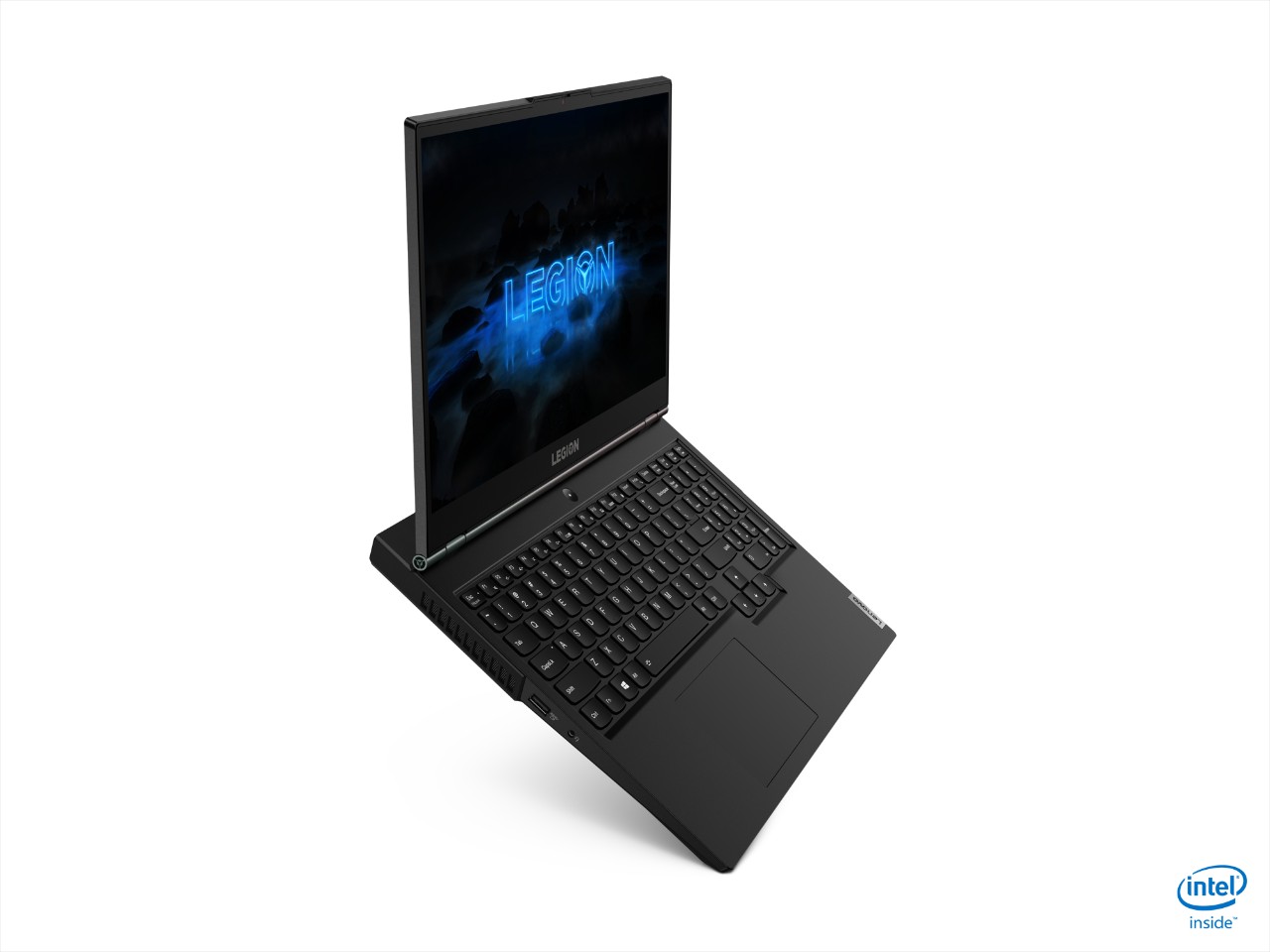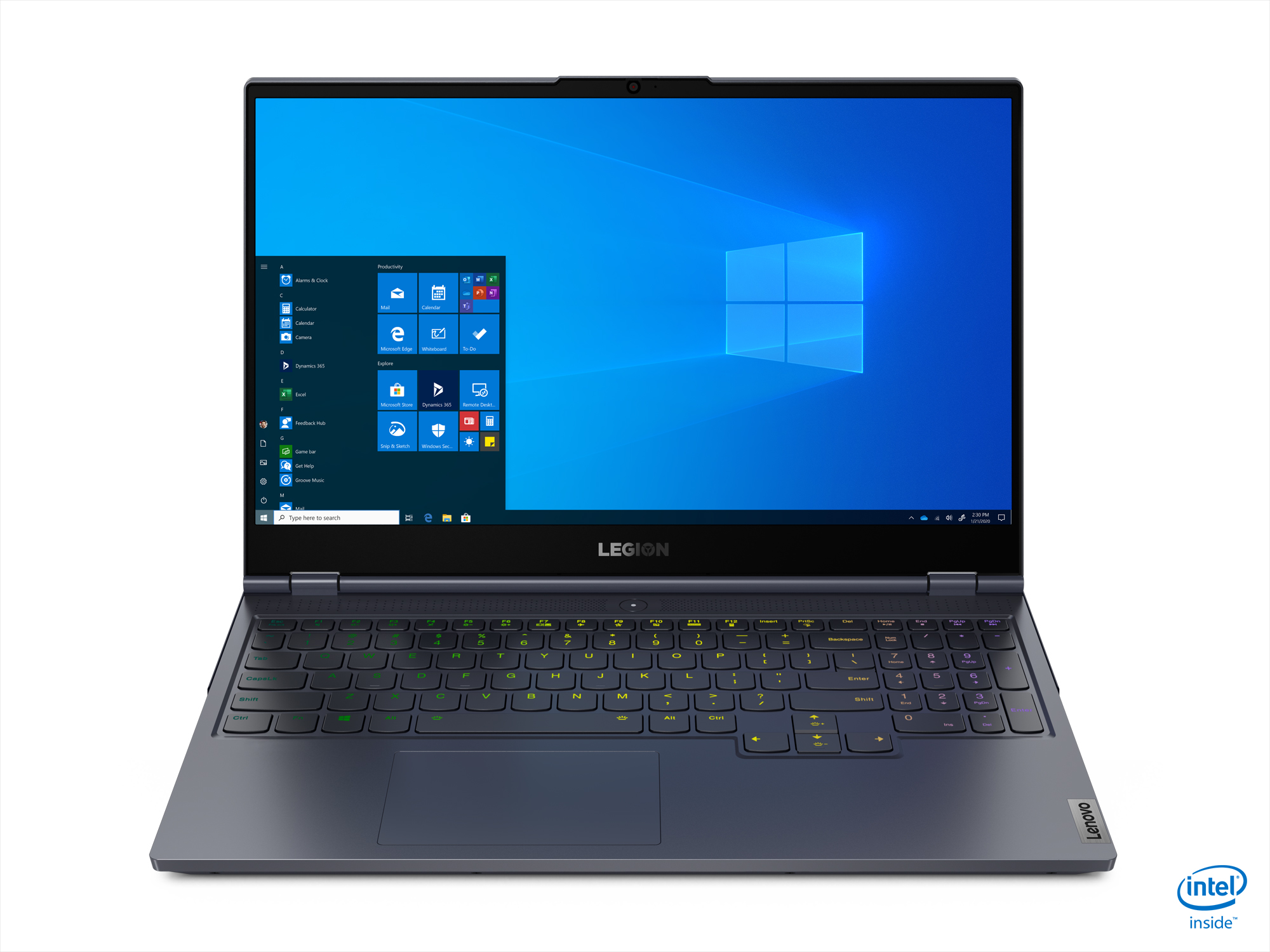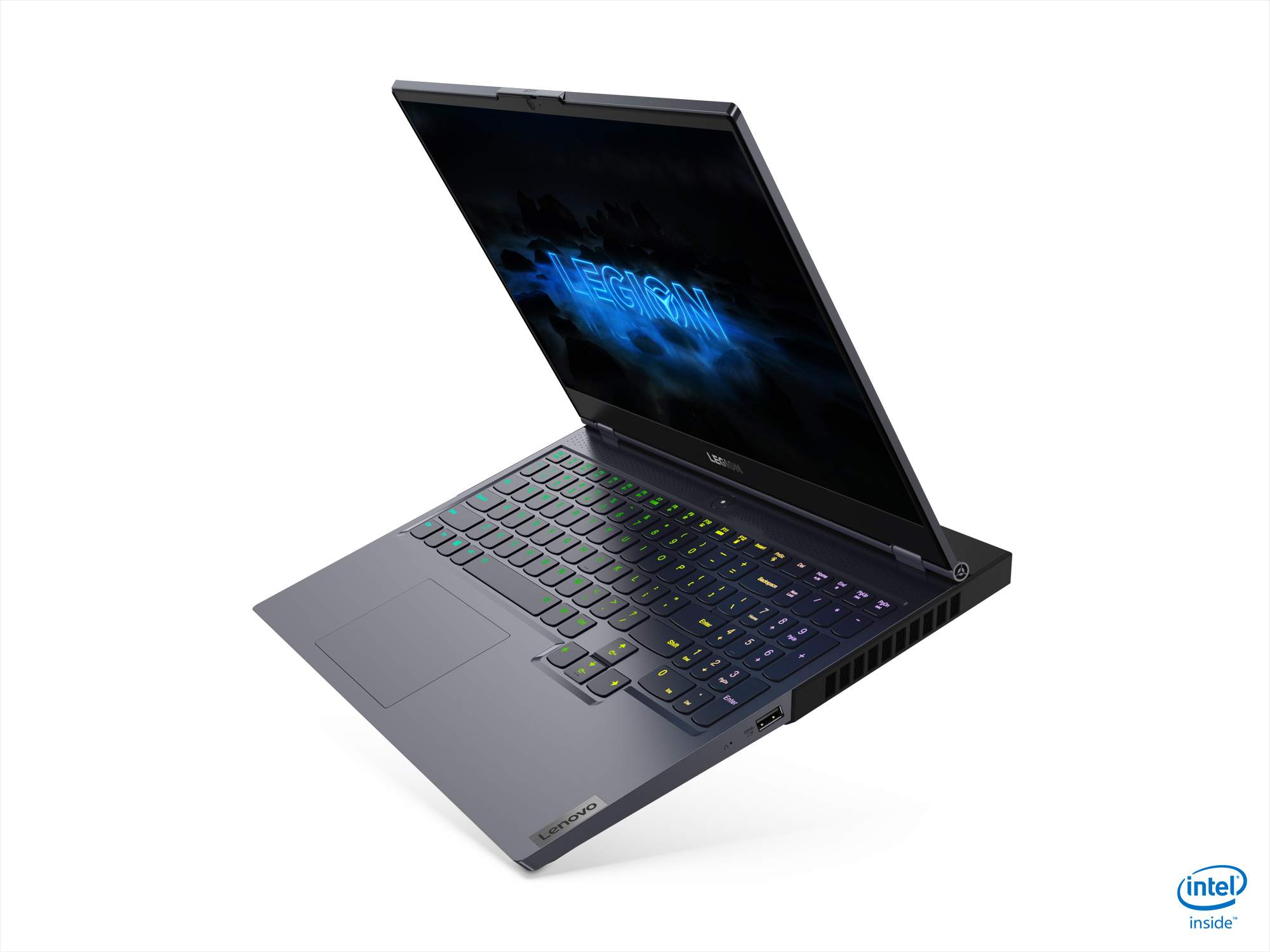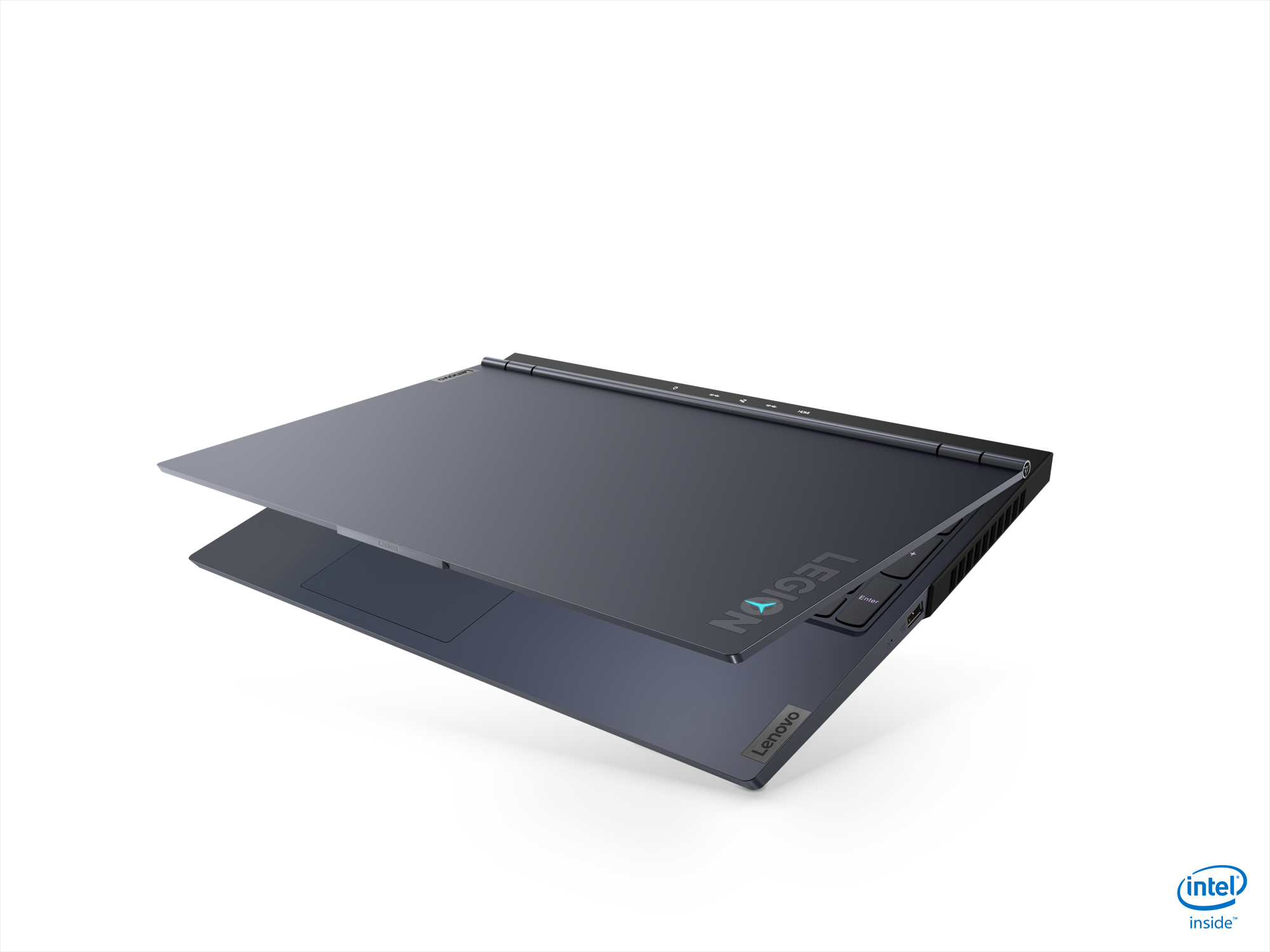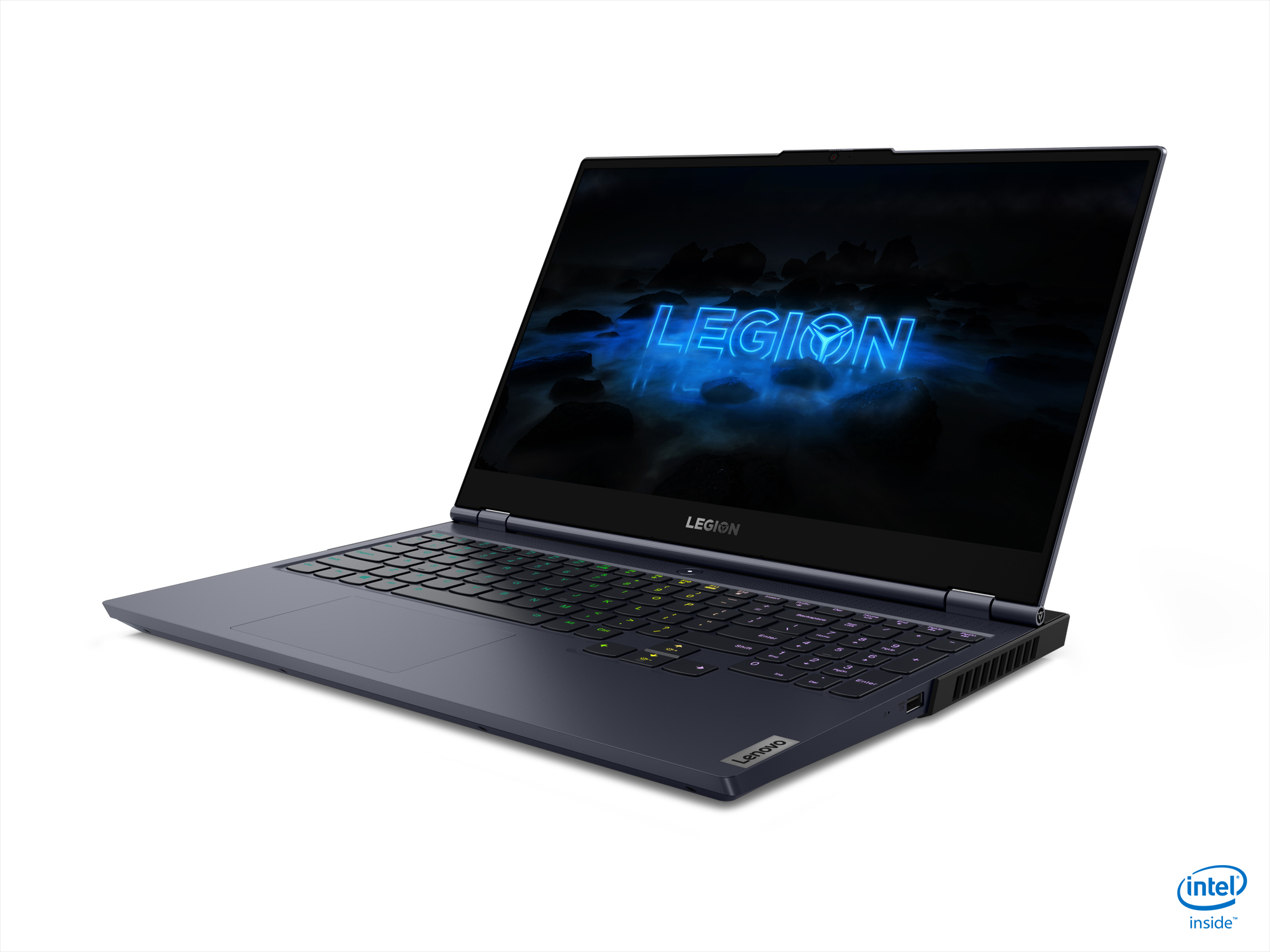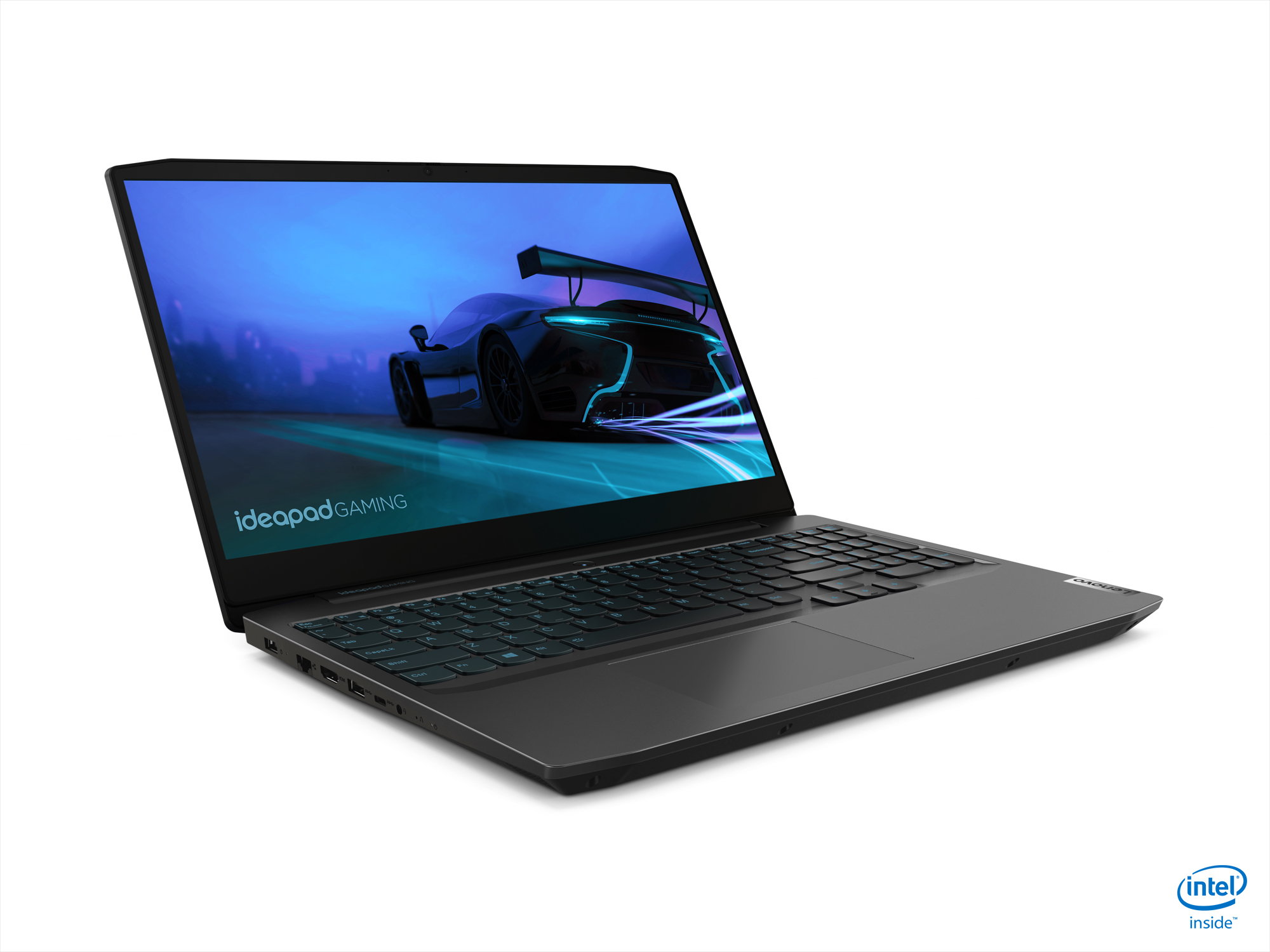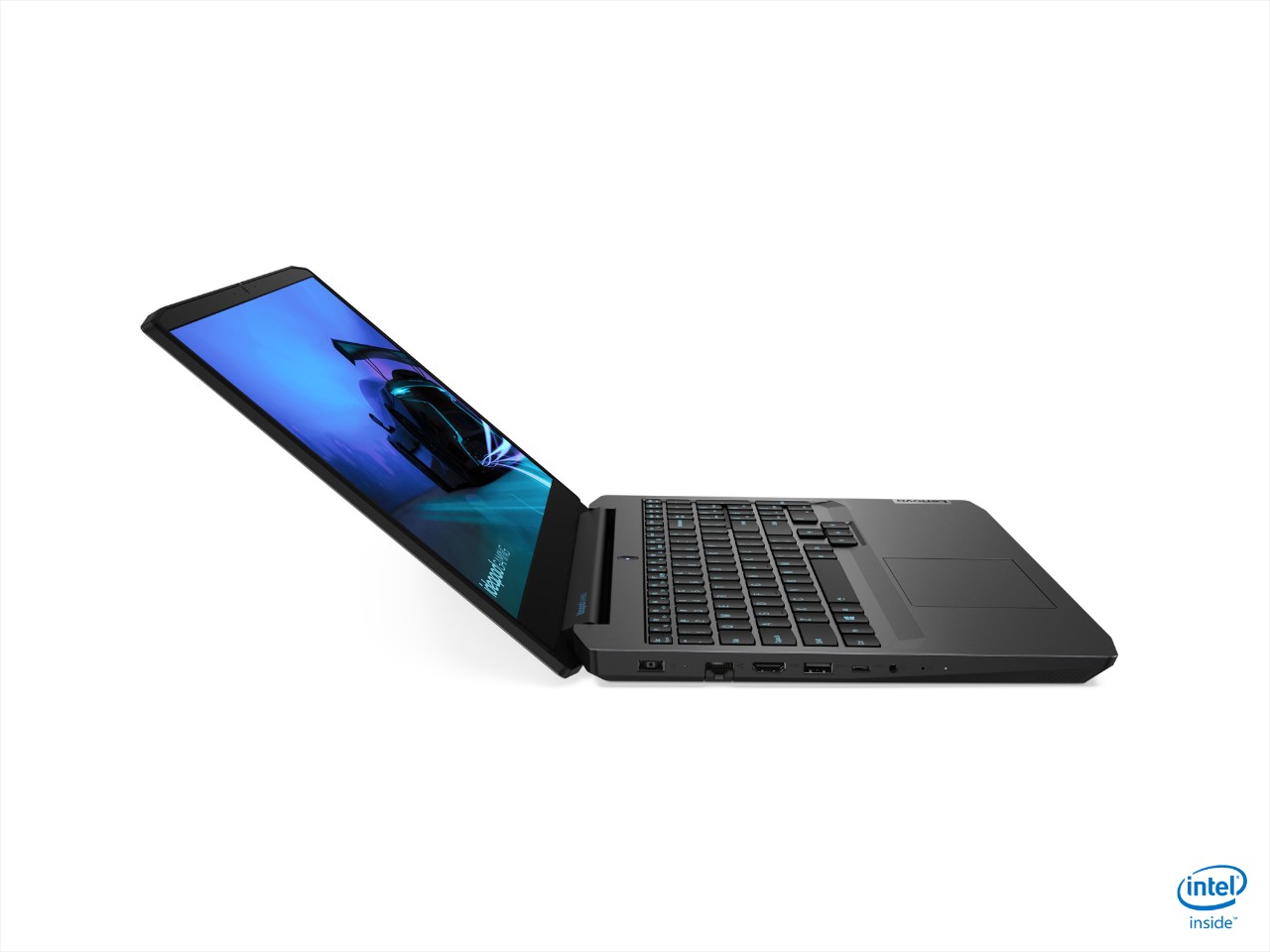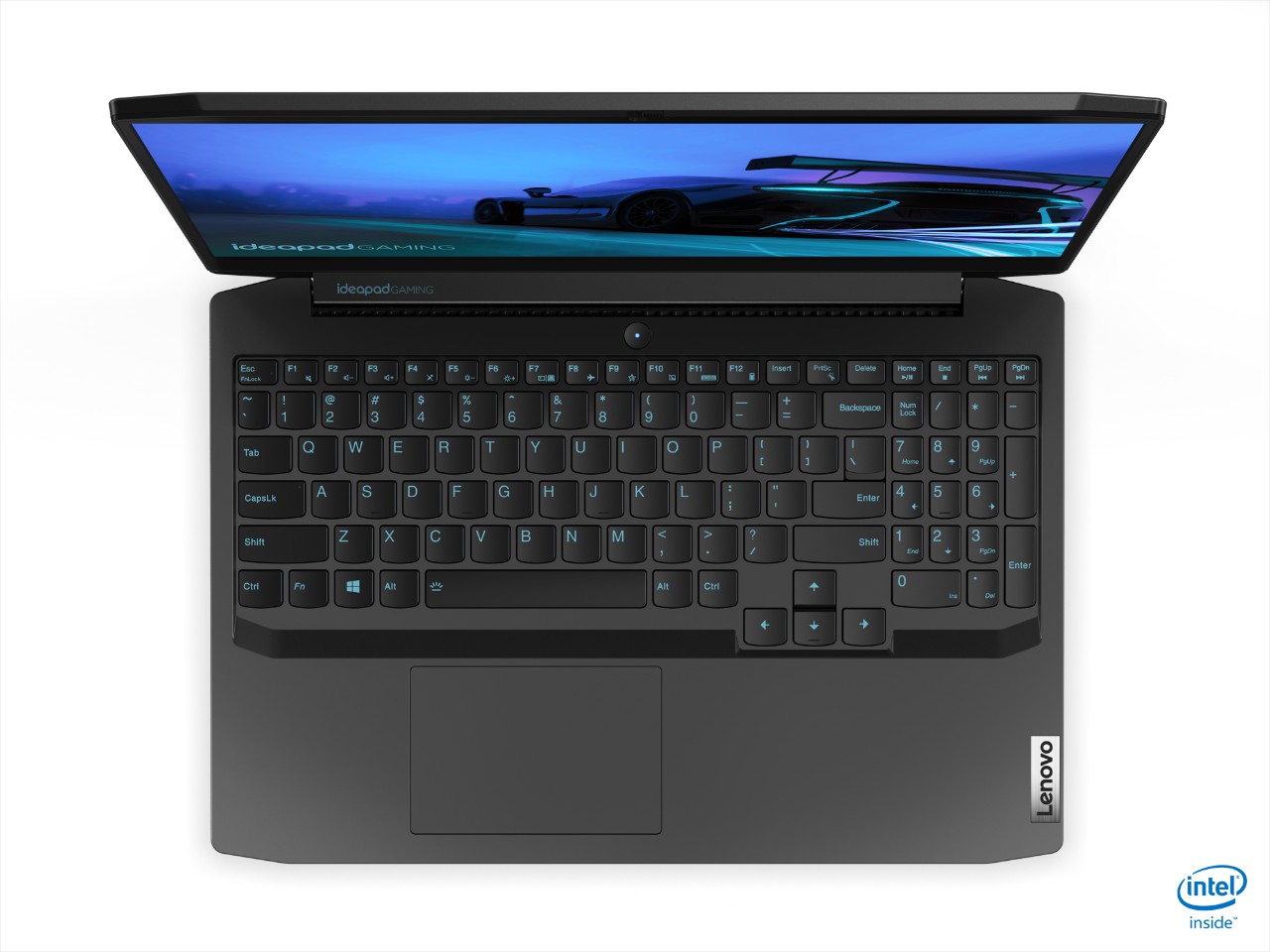Lenovo is launching a series of new gaming laptops, including one powered by AMD’s new Ryzen 4000 processors. The AMD Legion 5 is an alternative to the Legion 5i, which runs on traditional 10th-gen Intel processors.
Lenovo has also followed up on pricing, availability, and more specifics behind the rest of its lineup of Legion gaming devices for 2020.
Lenovo Legion 5
For most gamers, the highlight of the lineup will be what Lenovo is calling the “mainstream” Legion 5 laptop. This gaming laptop will be one of the first to pack AMD’s Ryzen 7 4800H, a mobile processor with eight cores and 16 threads.
This AMD model starts at $850, with the GTX 1650, the Ryzen 5 4600H, and 8GB of
As for how it looks compared to the older Legion lineup, the Legion 5 features an improved “TrueStrike” keyboard with a full number pad, and a 39% larger trackpad. Cooling has also been improved with a dual-liquid crystal polymer fan system and a six-point sensing array. For peace of mind when gaming, Lenovo has also moved the webcam to the top and added a privacy shutter.
Lenovo also offers an Intel model, known as the Legion 5i. This option uses Intel’s new 10th-gen H processors and features the same display, graphics, memory, and storage configurations. The base model, with the Core i5, starts at $830, $20 cheaper than the AMD model. This is likely because it features two fewer processor cores, though it’s the first time in a long time AMD is considered the premium alternative. The Legion 5i has the option for more powerful graphics though, with configurations up to an RTX 2060.
The Intel Legion 5i also comes in a 17-inch variant, which starts at $1,130. It has options for both GTX and RTX graphics.
Both the Legion 5i and Legion 5 will be available in May 2020.
Legion 7
The Legion 7 sits at the high end of Lenovo’s lineup. Also launching in May, the Legion 7 joins the Legion Y740S as the most powerful options.
The Legion 7 includes many of the same features as the Legion 5, such as the improved thermals, cooling, and keyboard, and high refresh rate display options. For added customization, Lenovo is also introducing vertical venting and an environmental fighting strip along the front of the laptop.
Under the hood, the Legion 7 is powered by the latest 10th-gen Intel Core i9 or i7 H-series processors, and up to the Nvidia RTX 2080 Max-Q Super GPU. The display options, meanwhile, include either 144Hz or, for the first time, 240Hz. An AMD option is not being offered.
Pricing on the Legion 7 starts at $1,600. Configurations range up to 32GB of
The feature draws on physical components of your dedicated Nvidia graphics card to intuitively detect which of your system’s graphics sources is best-suited to power the application open on your screen. This feature is available on the Legion 5 as well.
IdeaPad Gaming 3
The IdeaPad Gaming 3 is the final addition to Lenovo’s
Highlights on the device include its 10th-gen Intel Core i5 and Core i7 processors, as well as Nvidia GeForce GTX 1650 graphics.
The display on the device also has up to a 120Hz refresh rate and the same Privacy webcam seen on the Legion 7 and Legion 5. It also has an improved keyboard with a full-size number pad, full-size arrow keys, and 1.5 mm of key travel. The trackpad, meanwhile, is 30% larger than the previous generation’s.
Like the rest of the Legion lineup, even the display sees some changes — it now has a 3-sided narrow bezel. Availability is set for May, with pricing starting at $730.
Legion Tower 5i and more

Asides from these
The carrying handle has also been updated and moved to the back, with an additional option for a transparent side panel. Pricing starts at $800, and the device comes configured with up to the Nvidia GeForce RTX 2070 Super and 10th-gen Intel Core processors. Lenovo says an AMD version is also planned for later this year.
These
Editors' Recommendations
- A new wave of powerful laptops rises to challenge the MacBook Pro
- Playing PC games on a Snapdragon X Elite laptop made me a believer
- The 5 weirdest laptops ever made that you forgot existed
- Buying a gaming laptop? These are the brands to trust
- 2 gaming laptops you should buy instead of the Razer Blade
